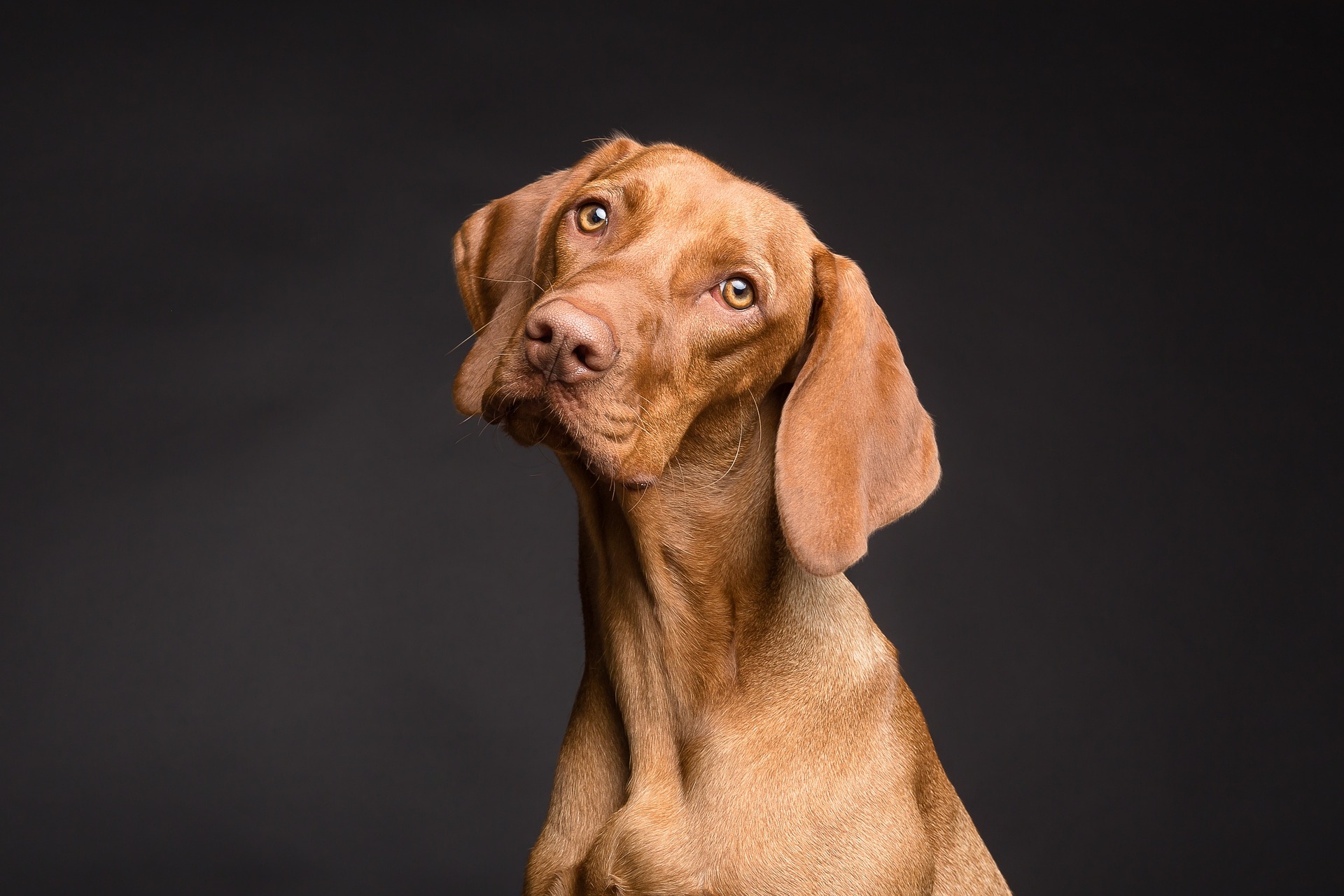
Step-by-Step How-To Guide For Positive Reinforcement Dog Training
You love your furry companion and want to ensure they are well-behaved and happy. Positive reinforcement dog training is not only effective but also fosters a strong bond between you and your pet. In this comprehensive guide, we will walk you through the step-by-step process of using positive reinforcement to teach your dog new behaviors and reinforce good habits. From understanding the principles of positive reinforcement to implementing training techniques, this guide will equip you with the necessary tools to train your dog successfully. Say goodbye to old-school punishment methods and embrace a more humane and enjoyable training approach with positive reinforcement. Your dog will thank you for it, and you will both enjoy a harmonious and fulfilling relationship.
Preparing for Training
Essential Supplies for Training
One of the first steps in positive reinforcement training is having the right supplies on hand. Essential items include high-value treats such as small pieces of cooked chicken or commercial dog treats, a clicker for clicker training, a well-fitted harness or collar, and a sturdy leash. These supplies will help set you and your dog up for success during training sessions.
Setting the Stage for Success
Little details can make a big difference in your training sessions. Choose a quiet and familiar training location free of distractions to help your dog focus. Ensure that you have plenty of treats readily accessible in a treat pouch or pocket for quick reinforcement. Additionally, keep training sessions short and positive to maintain your dog's motivation and concentration.
Understanding your dog's needs and preferences is crucial in positive reinforcement training. Make sure to use high-value treats that your dog enjoys and respond positively to. Keeping the training environment stress-free and consistent will help your dog feel comfortable and eager to learn. By paying attention to these details, you can set the stage for successful training sessions.
Basic Training Techniques
How to Use Treats Effectively
Even though treats are a powerful tool in positive reinforcement dog training, it's important to use them effectively. Make sure to choose high-value treats that your dog loves and only give them as a reward for good behavior. Keep treats small to avoid overfeeding, and vary the types of treats to keep your dog motivated and engaged.
Commands and Cues: The Basics
There's no doubt that commands and cues play a crucial role in teaching your dog new behaviors. Consistency is key when using verbal cues such as "sit" or "stay." Always use the same command for the desired behavior and make sure your tone is firm but positive. It's important to give the command only once and avoid repeating it multiple times to prevent confusion.
Plus, remember to always end training sessions on a high note by rewarding your dog for following commands correctly. Consistency, patience, and positive reinforcement are key to successful training.
Advanced Training Strategies
Your journey through positive reinforcement dog training has equipped you with crucial techniques to build a strong bond with your canine companion. As you progress, consider incorporating more advanced strategies to elevate your training sessions and tackle complex behaviors effectively. Below are some tips to enhance your training experience:
-
Tip: Practice Patience Tip: Stay Consistent Tip: Set Clear Expectations Tip: Use High-Value Rewards
Tips for Dealing with Challenging Behaviors
- Patience is key when facing challenging behaviors during training sessions. Consistency in your approach and clear communication with your dog are crucial. High-value rewards can help motivate your dog to overcome difficult behaviors. Assume that understanding your dog's perspective can aid in addressing the root cause of challenging behaviors.
Factors Affecting Training Progress
- Environment
- Health
- Past Experiences
Behaviors Affecting Training Progress
- Consistency
- Reinforcement
- Training Methods
Sustaining Progress and Maintaining Behaviors
How to Phase Out Treats
All dog owners want to know when and how to fade out treats in positive reinforcement training. The key is to do it gradually. Once your dog consistently performs the desired behavior, start replacing edible treats with non-food rewards like praise, toys, or playtime. Slowly reduce the frequency of treat-giving while still praising your dog enthusiastically for a job well done. This transition will help your dog understand that good behavior will always be rewarded, even without a treat every time.
Incorporating Training into Daily Life
Any successful training program must extend beyond scheduled sessions. To ensure lasting results, integrate training into your daily routines. Use commands during walks, meal times, and play sessions to reinforce good behavior seamlessly. Phase in unexpected training moments by asking your dog to sit before receiving a meal or stay before entering or exiting the house. It's crucial to maintain consistency and patience in all interactions with your dog to reinforce positive behaviors across different contexts.
Conclusion
Drawing together all the vital aspects of positive reinforcement dog training, this step-by-step guide provides a valuable resource for novice and experienced dog owners alike. By utilizing positive reinforcement techniques such as treats, praise, and clicker training, you can effectively train your dog and build a strong bond based on trust and respect. Remember to be patient, consistent, and always reward good behavior to see the best results. With dedication and the right approach, you can create a harmonious and happy relationship with your four-legged companion.

